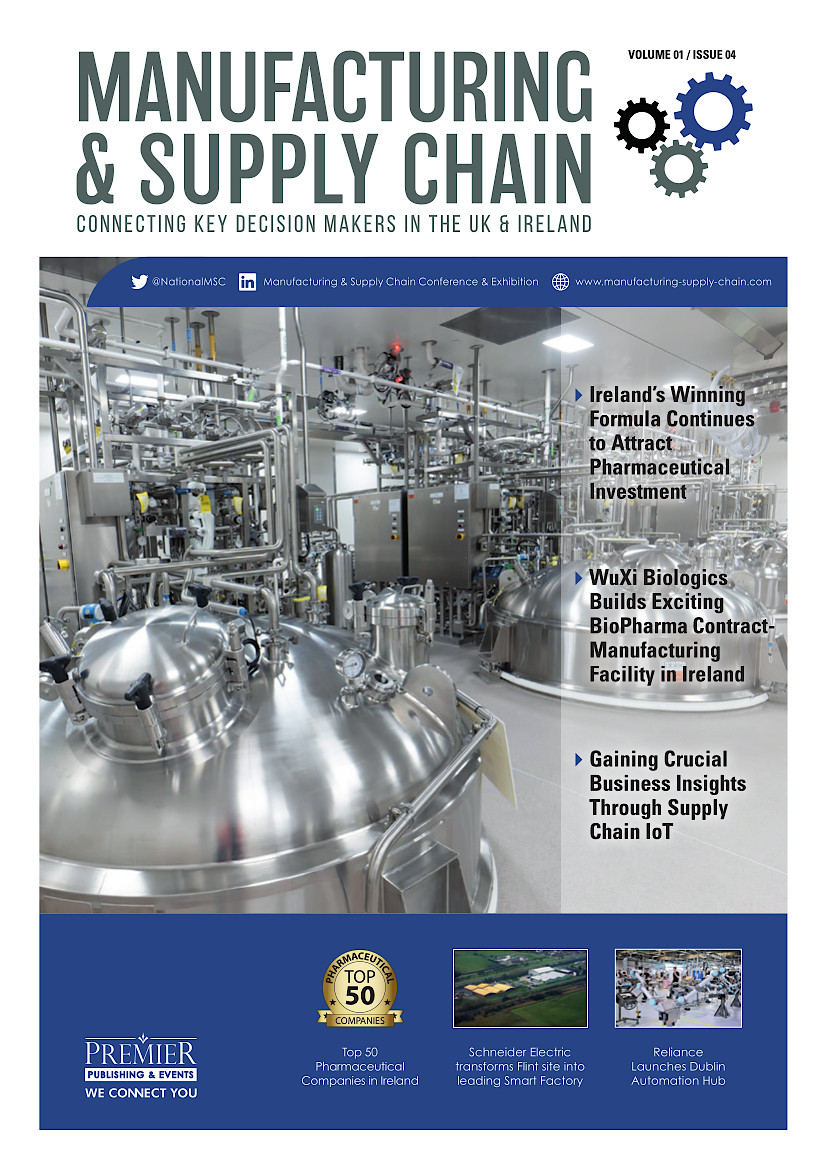TERMINALFOUR Survey Reveals Disparities in Digital Investment Among Higher Education Institutions

TERMINALFOUR, the digital marketing and web content management platform for higher education, has announced results of its Global Higher Education Survey which reveal large disparities in investment in digital by universities and colleges. These disparities are a source of frustration for web, marketing, recruitment and leadership professionals; more than one-quarter (26%) of respondents stated they have a high level of dissatisfaction with their institution’s funding of their digital marketing activities.
The survey of 391 professionals from 333 higher education institutions was conducted in the US, UK, Canada, Ireland, Australia and South Africa.
41% of respondents stated that their digital marketing team increased in size in the past 24 months while 8% said it reduced in size. A further 46% said that they still have the same numbers as they did two years ago. In relation to budget, 16% said their digital marketing budget had decreased in size (up from 11% in 2016) with 26% stating it had increased. 38% said their budget had stayed the same and 20% stated operational budget had remained the same but that they received additional funding for a once off project.
Piero Tintori (pictured above), CEO and founder, TERMINALFOUR, says: “The challenge for many university web and digital marketing teams in relation to budget and funding is linking what they do directly to institutional performance. The leadership in any university or college doesn’t want to hear you’re overworked; that you’re not availing of the latest web technologies or that the institution’s website looks stale and dated. This is your problem not their problem.
“It’s important to elevate the conversation and demonstrate the consequence of not investing in the team or digital strategy. This is why linking web metrics to CRM or recruitment numbers is of paramount importance. Show the leads online are not where they should be because of X, Y and Z. Consequences force action.”
In terms of goals and performance, 37% of participants stated that form submissions are the most important measure of online success (up from 31% in 2016); number of visits to the website was second at 30% (dropping from last year’s number one with 44%). Furthermore, 89% of respondents stated that student recruitment is the organisational goal that has the most impact defining their institution’s web strategy (up from 80% in 2016).
Commenting on these results, Tintori says: “It’s no surprise that student recruitment is by far the number one defining business goal that informs digital activities. Universities, colleges and community colleges are struggling to meet targets. Not everyone is a Harvard or an Oxford. Competition is heating up from across the globe; indeed, convincing millennials that 3rd level education is even necessary has become a precursor to convincing them what school to attend. Massive student debt, limited graduate placements and social media superstardom weigh heavy on prospective students’ minds.”
In terms of higher education’s relationship with social media it appears Facebook is holding firm. It has been revealed as the number one social media platform for driving conversion (77%), receiving most engagement from students (62%) and the biggest social media priority for the next 12 months (54%). Twitter is losing ground to Instagram in terms of engagement (9% versus 20% respectively) and in terms of future priority (8% versus Instagram’s 19%).
“Facebook is dominating again. The really interesting trend for me personally is the decline of Twitter over the past three years in terms of impact for higher education marketing teams. Let’s be honest, Twitter is a hugely successful platform; everyone is on it and everyone uses it. What these results infer, perhaps, is that the quality of the information or the authority of Twitter is waning relative to driving action from prospective students,” concludes Piero Tintori.
The full survey report can be found here.




















